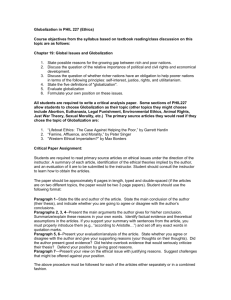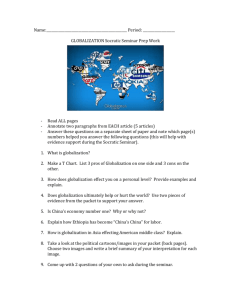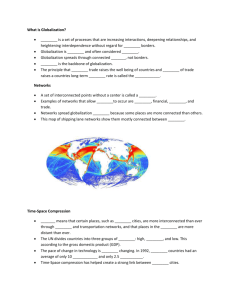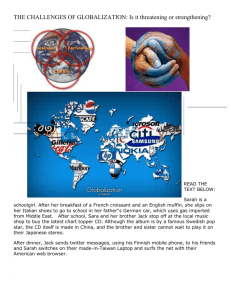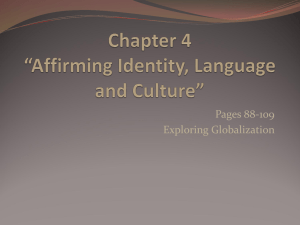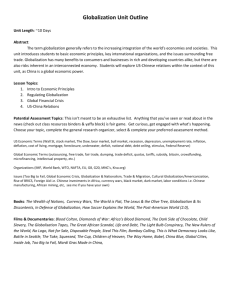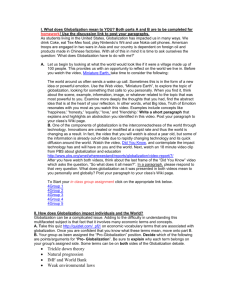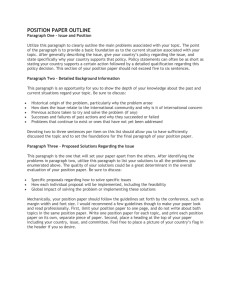Practice Tools Exam.
advertisement
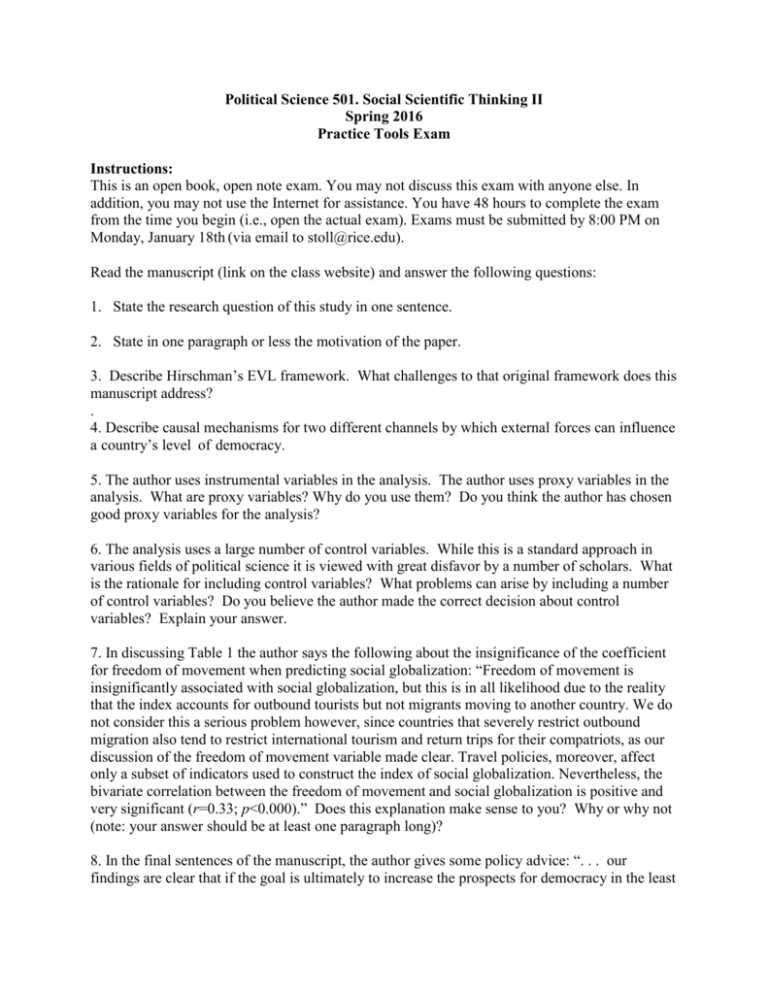
Political Science 501. Social Scientific Thinking II Spring 2016 Practice Tools Exam Instructions: This is an open book, open note exam. You may not discuss this exam with anyone else. In addition, you may not use the Internet for assistance. You have 48 hours to complete the exam from the time you begin (i.e., open the actual exam). Exams must be submitted by 8:00 PM on Monday, January 18th (via email to stoll@rice.edu). Read the manuscript (link on the class website) and answer the following questions: 1. State the research question of this study in one sentence. 2. State in one paragraph or less the motivation of the paper. 3. Describe Hirschman’s EVL framework. What challenges to that original framework does this manuscript address? . 4. Describe causal mechanisms for two different channels by which external forces can influence a country’s level of democracy. 5. The author uses instrumental variables in the analysis. The author uses proxy variables in the analysis. What are proxy variables? Why do you use them? Do you think the author has chosen good proxy variables for the analysis? 6. The analysis uses a large number of control variables. While this is a standard approach in various fields of political science it is viewed with great disfavor by a number of scholars. What is the rationale for including control variables? What problems can arise by including a number of control variables? Do you believe the author made the correct decision about control variables? Explain your answer. 7. In discussing Table 1 the author says the following about the insignificance of the coefficient for freedom of movement when predicting social globalization: “Freedom of movement is insignificantly associated with social globalization, but this is in all likelihood due to the reality that the index accounts for outbound tourists but not migrants moving to another country. We do not consider this a serious problem however, since countries that severely restrict outbound migration also tend to restrict international tourism and return trips for their compatriots, as our discussion of the freedom of movement variable made clear. Travel policies, moreover, affect only a subset of indicators used to construct the index of social globalization. Nevertheless, the bivariate correlation between the freedom of movement and social globalization is positive and very significant (r=0.33; p<0.000).” Does this explanation make sense to you? Why or why not (note: your answer should be at least one paragraph long)? 8. In the final sentences of the manuscript, the author gives some policy advice: “. . . our findings are clear that if the goal is ultimately to increase the prospects for democracy in the least democratic nations of the world, one way to do it would be by trying to increase the social globalization of the target country, which may not be something outside actors can do directly, but through their economic and political engagement, since both are associated with higher levels of social globalization.” Do the results justify this advice? Would you feel comfortable advising a political leader (for example, President Obama) that the US should do this? Your answer should be at least one paragraph long. 9. Suppose you were asked to re-do the study but that you had to make 2 or 3 changes. Take the theory as a given and recommend changes to the way in which the research was carried out. The changes you suggest should be plausible.


